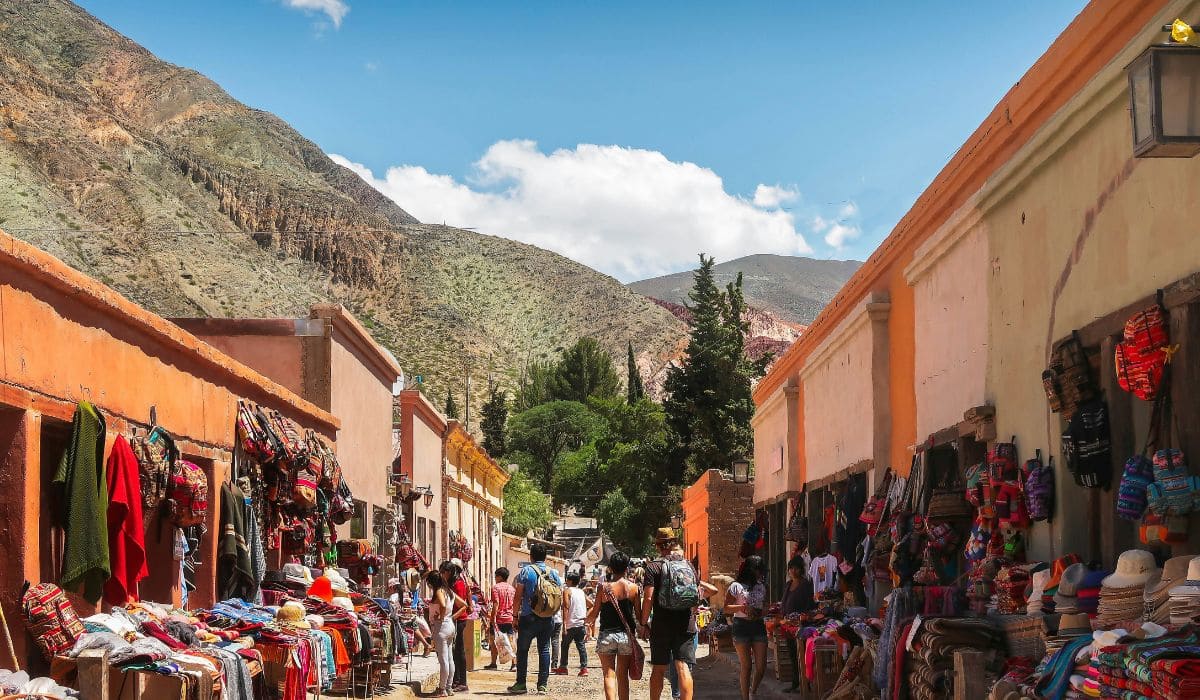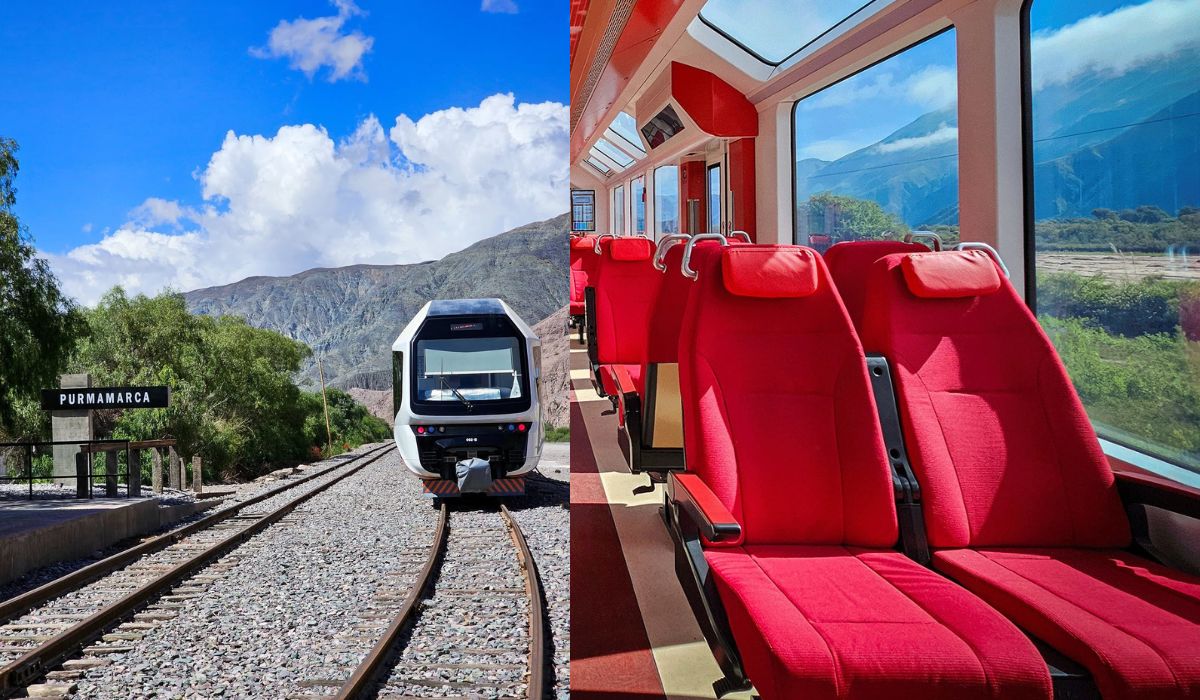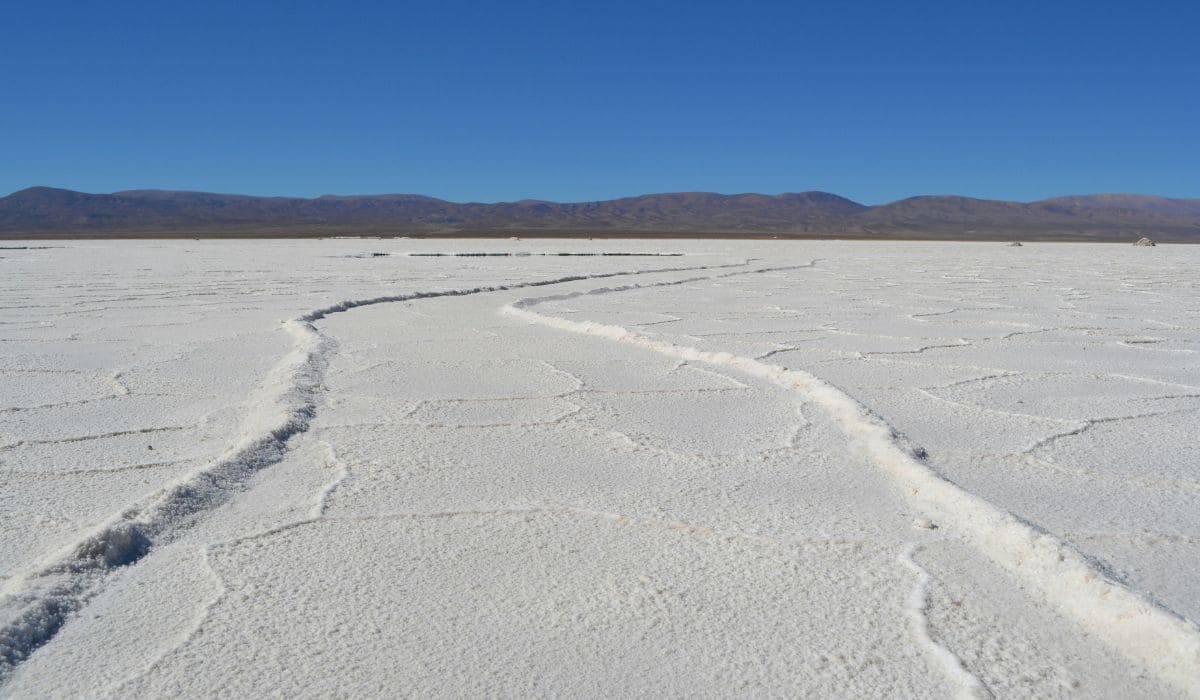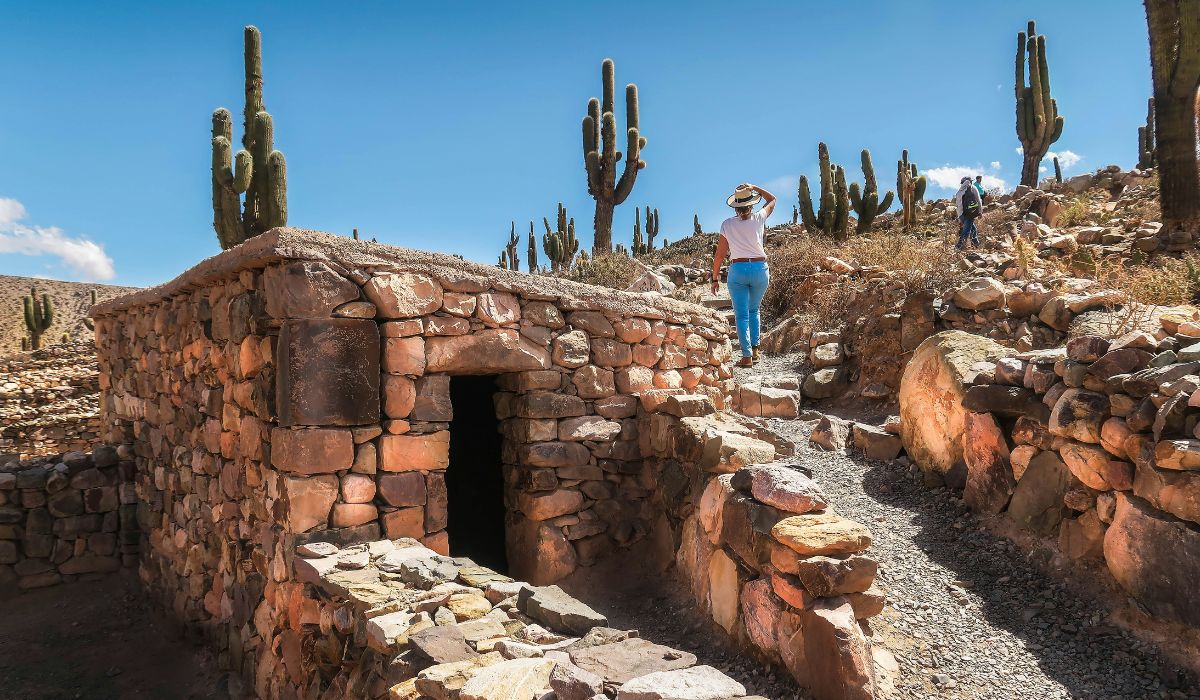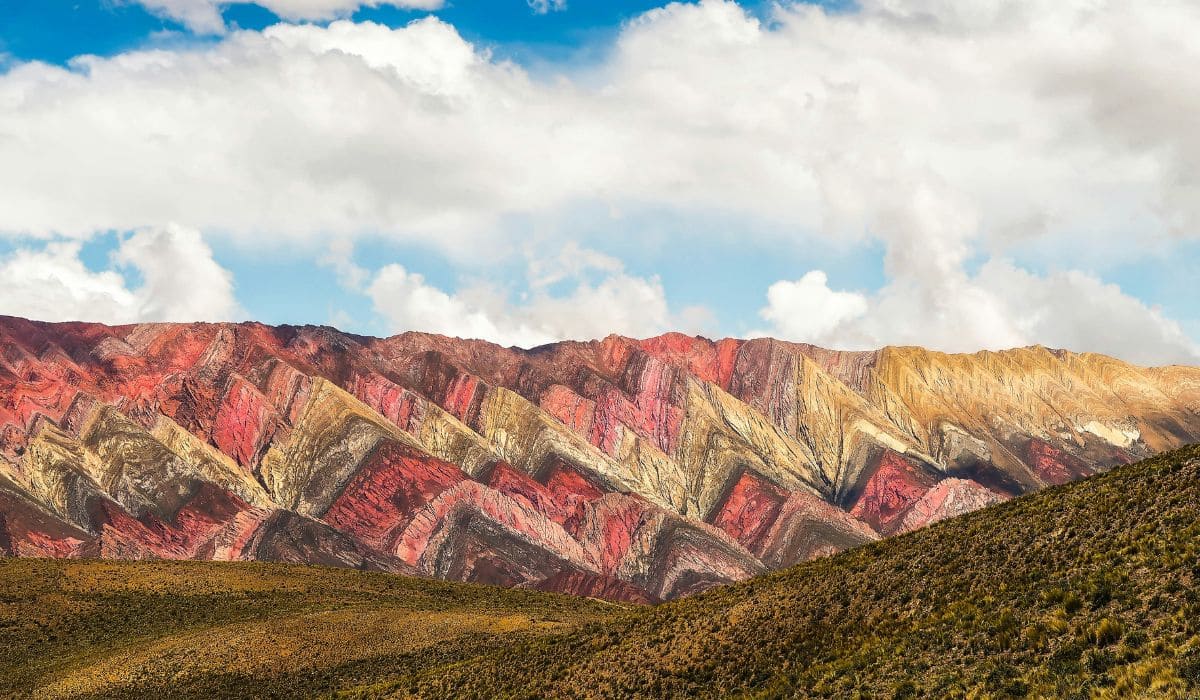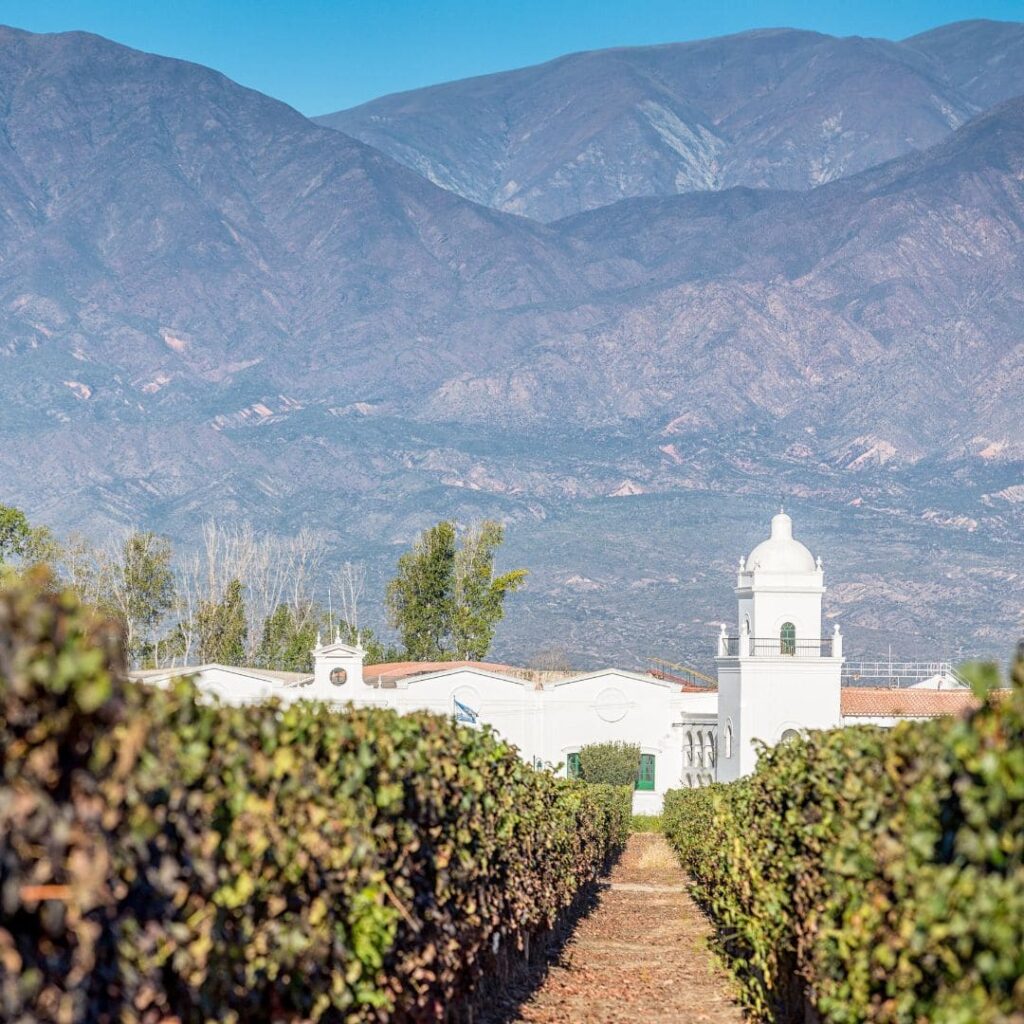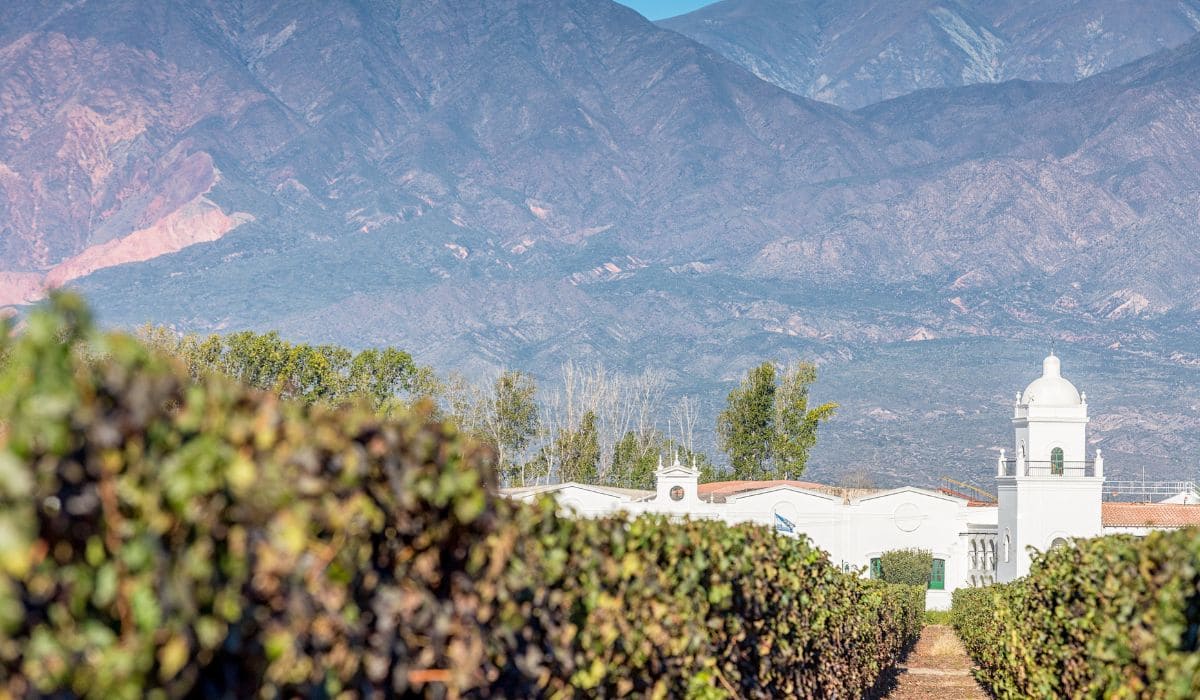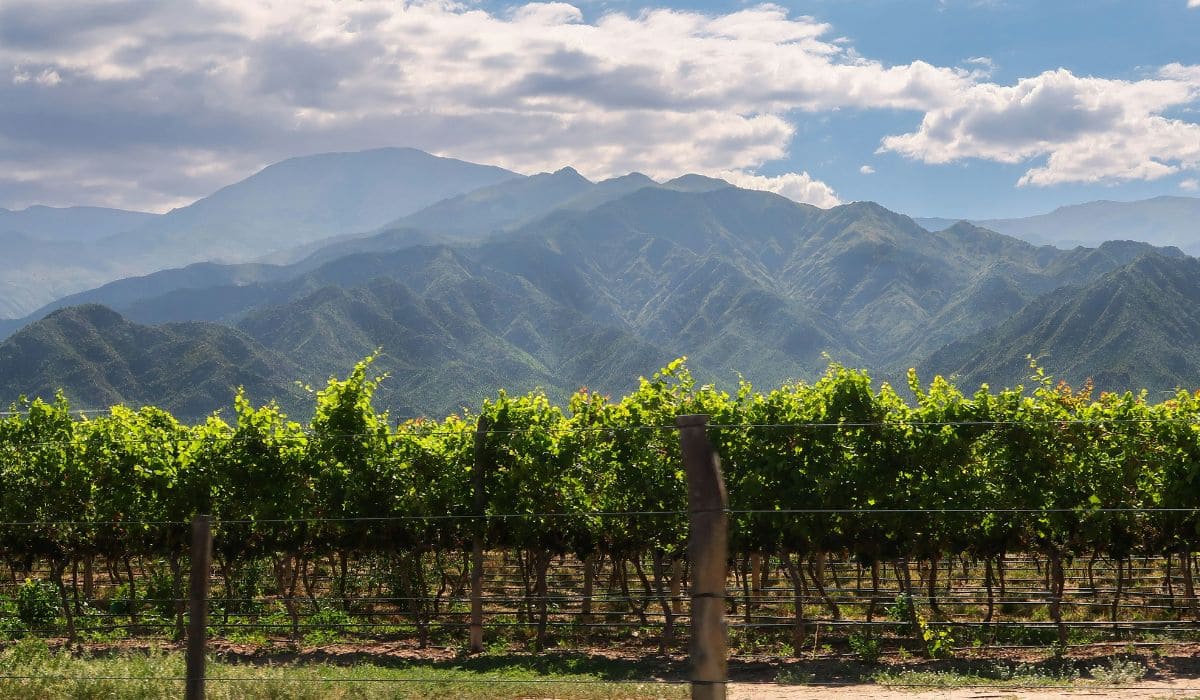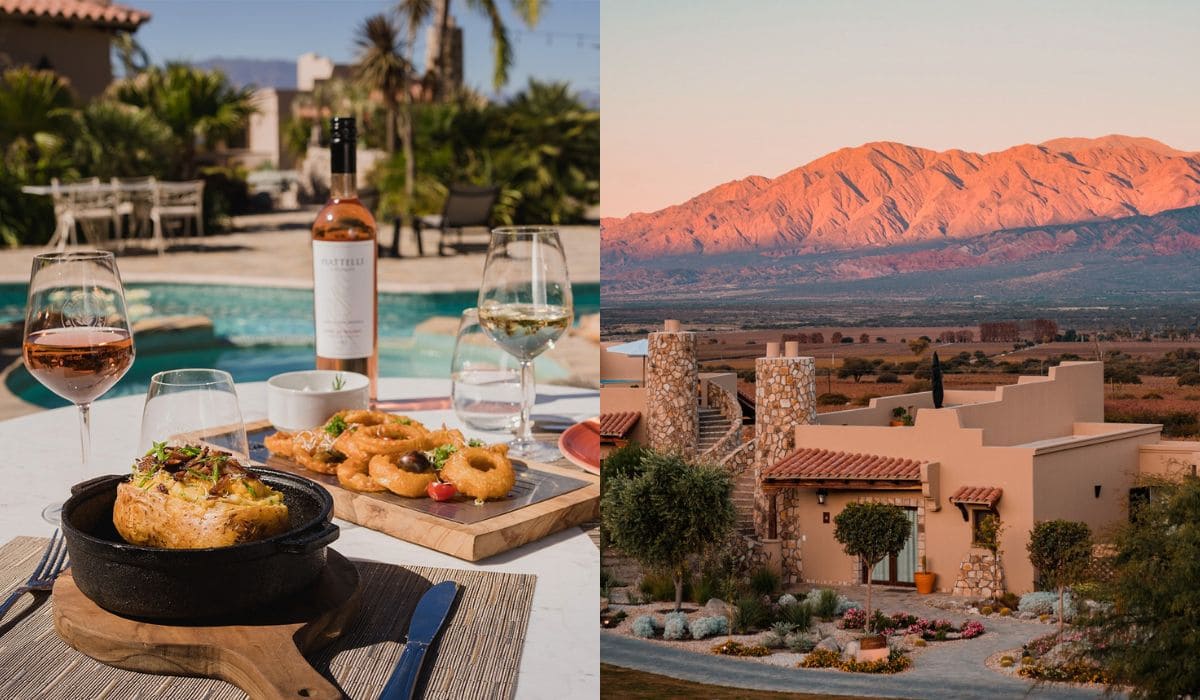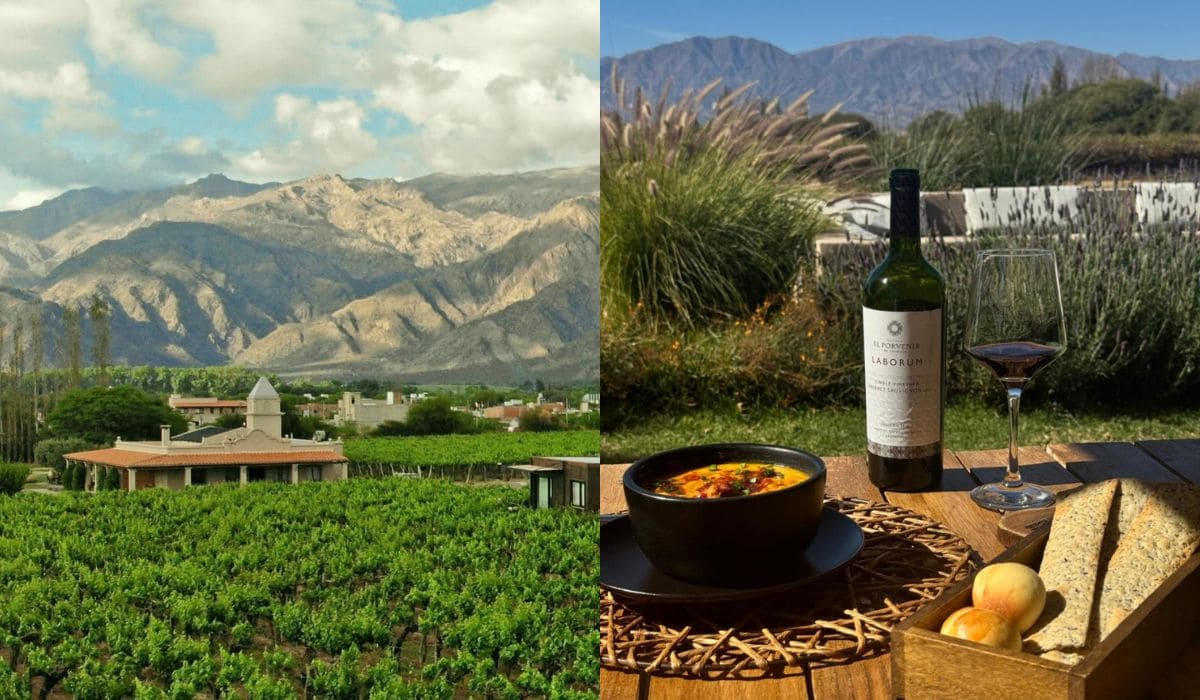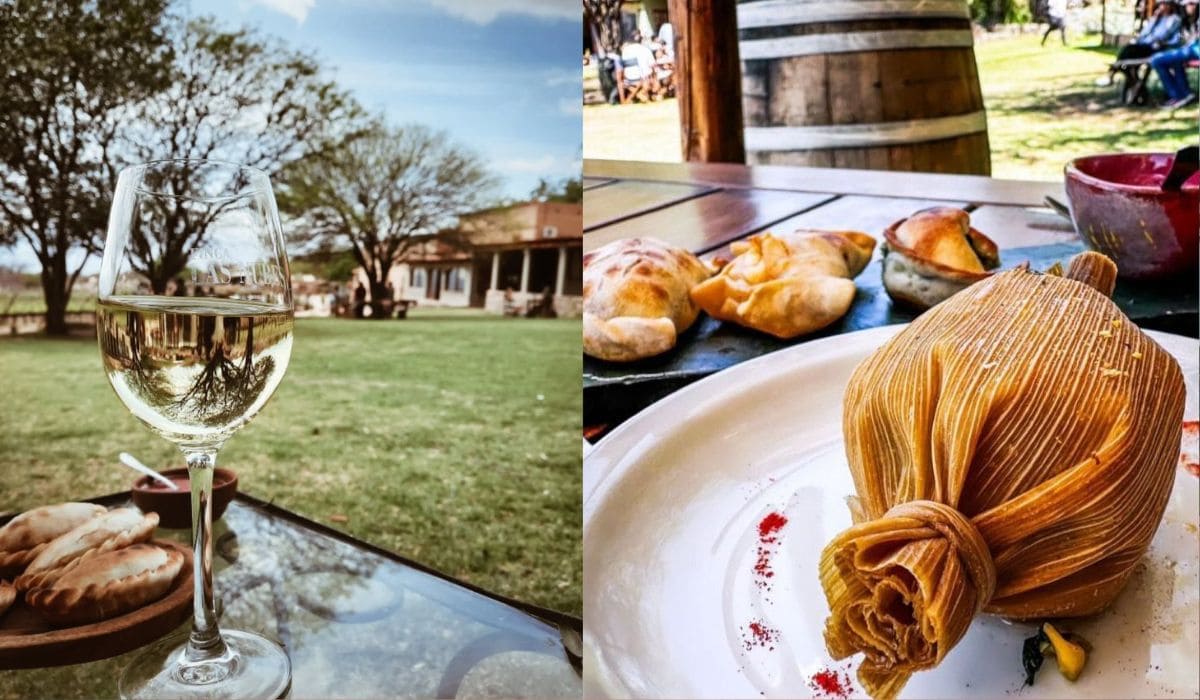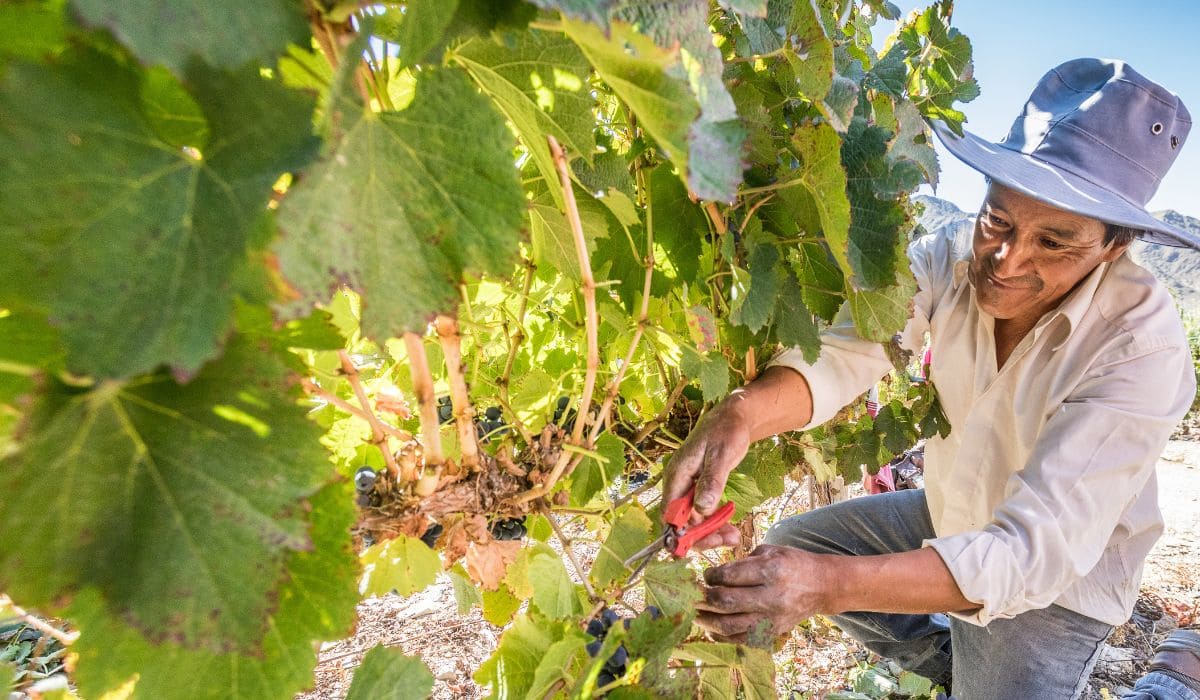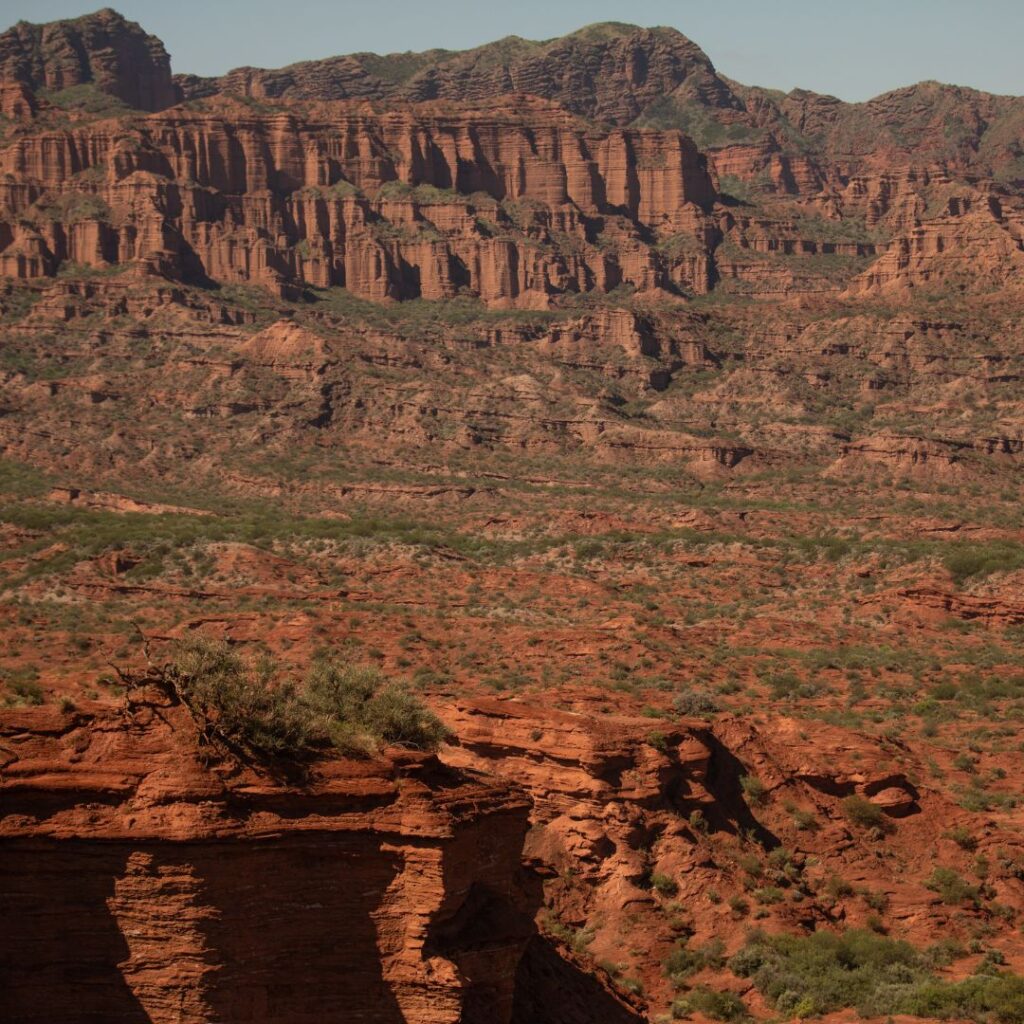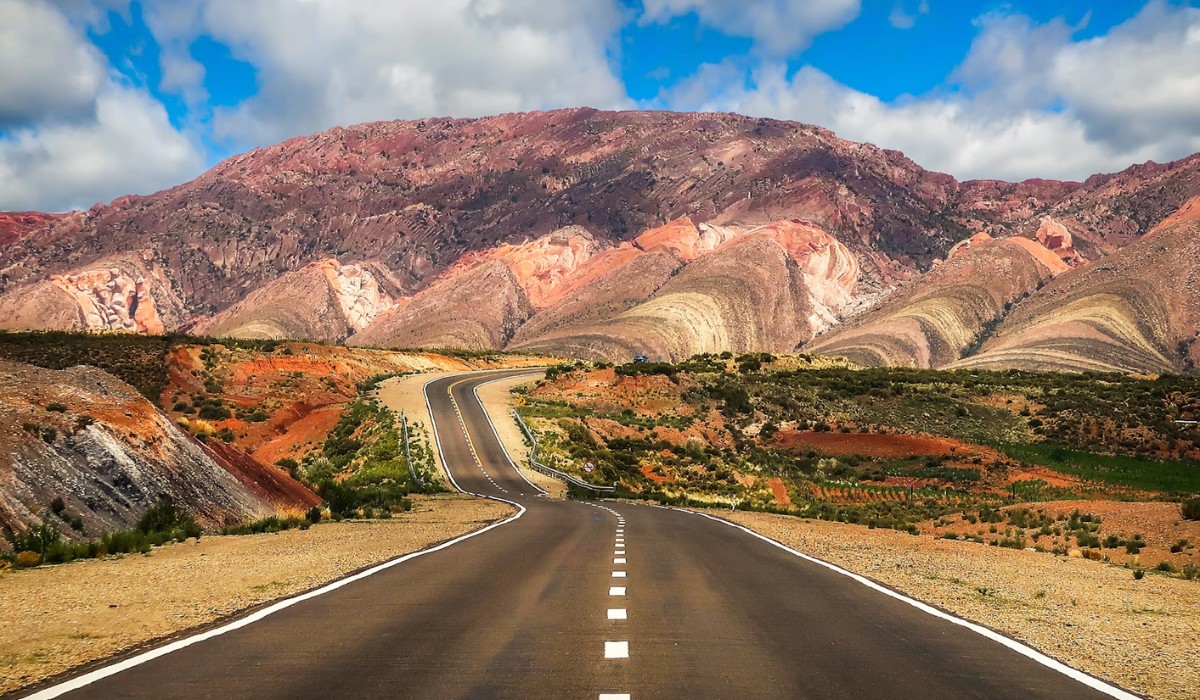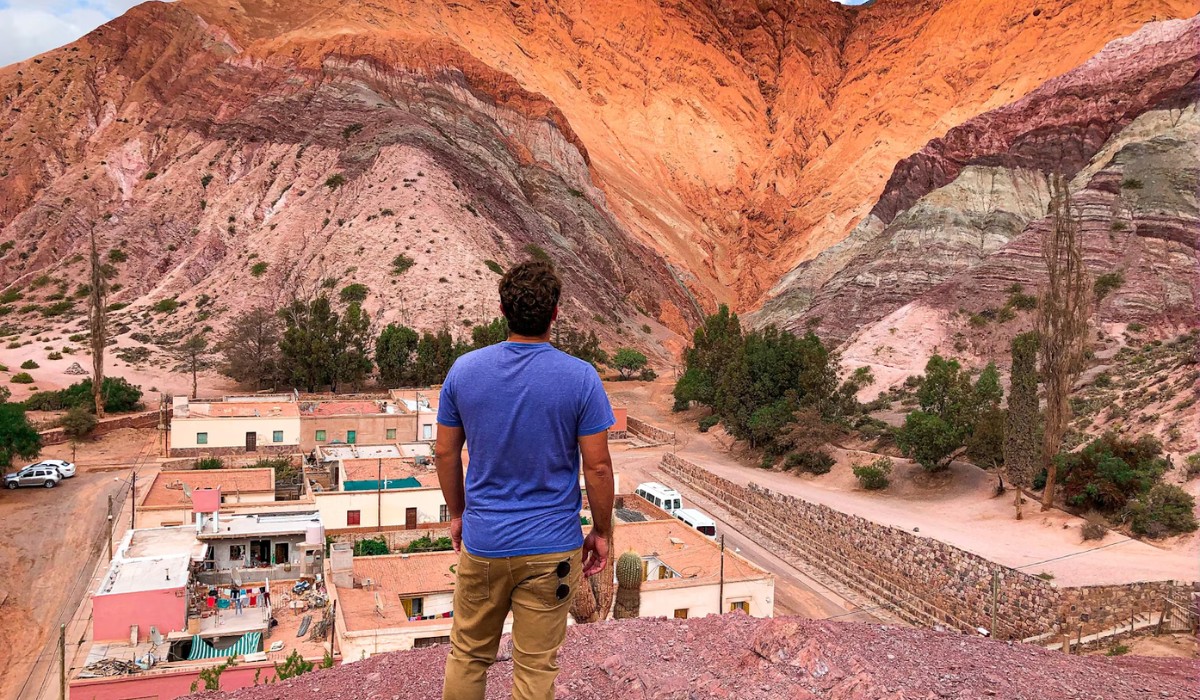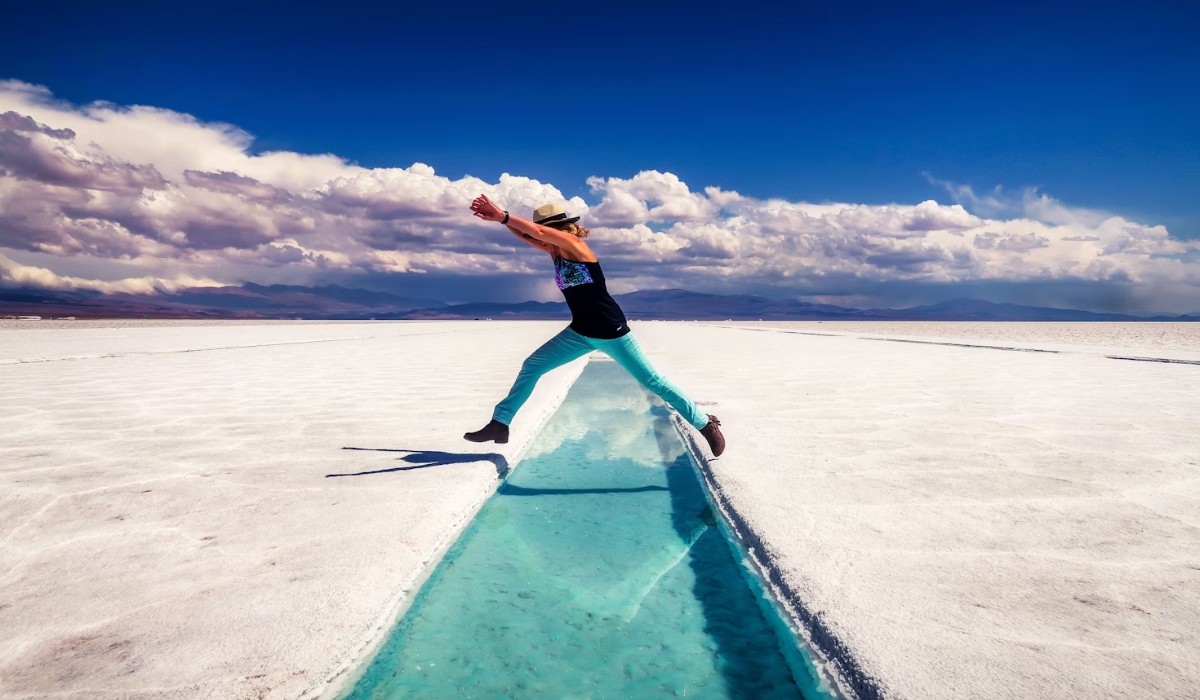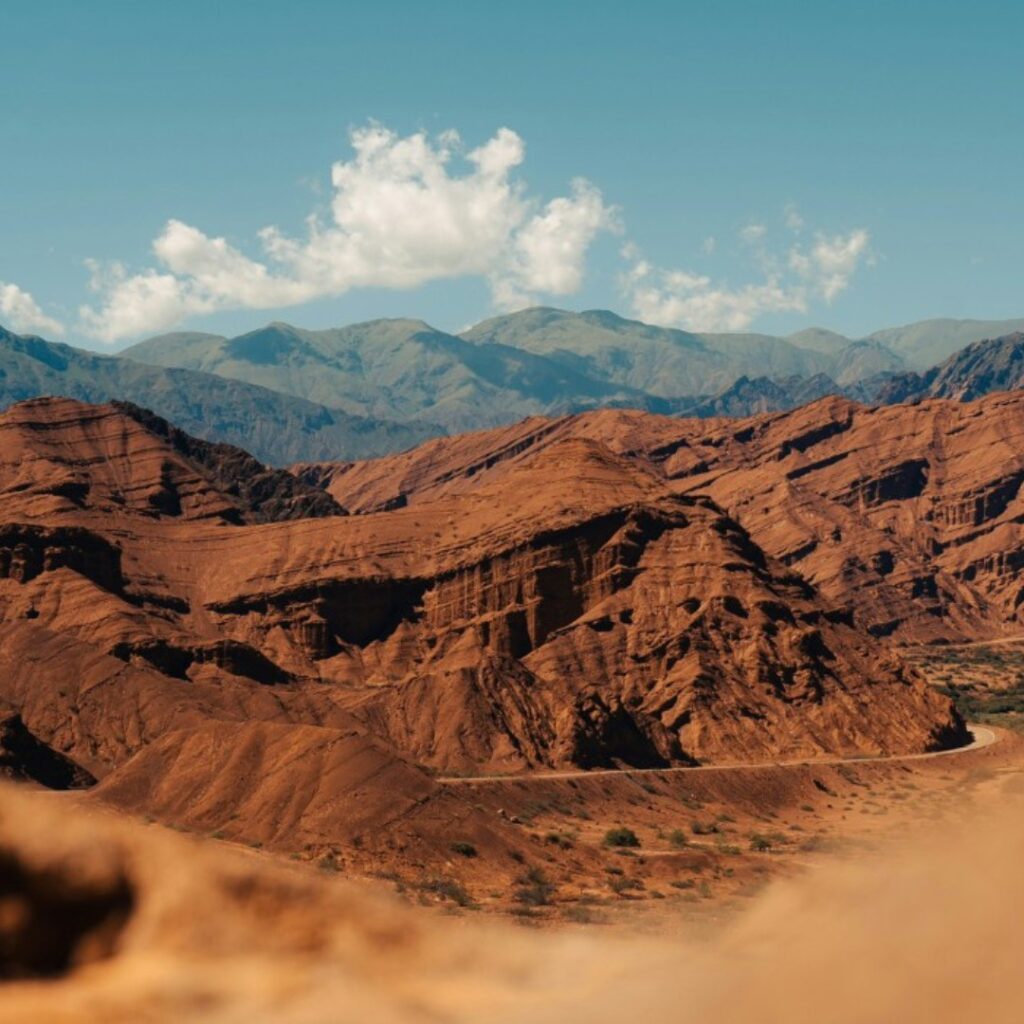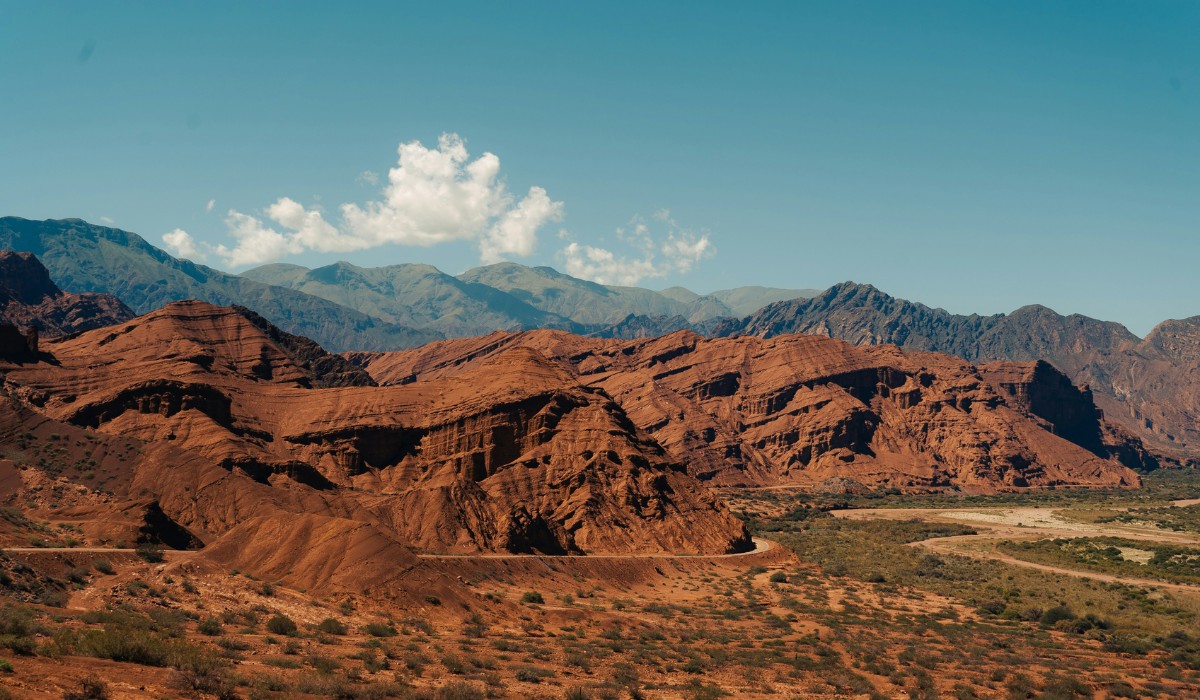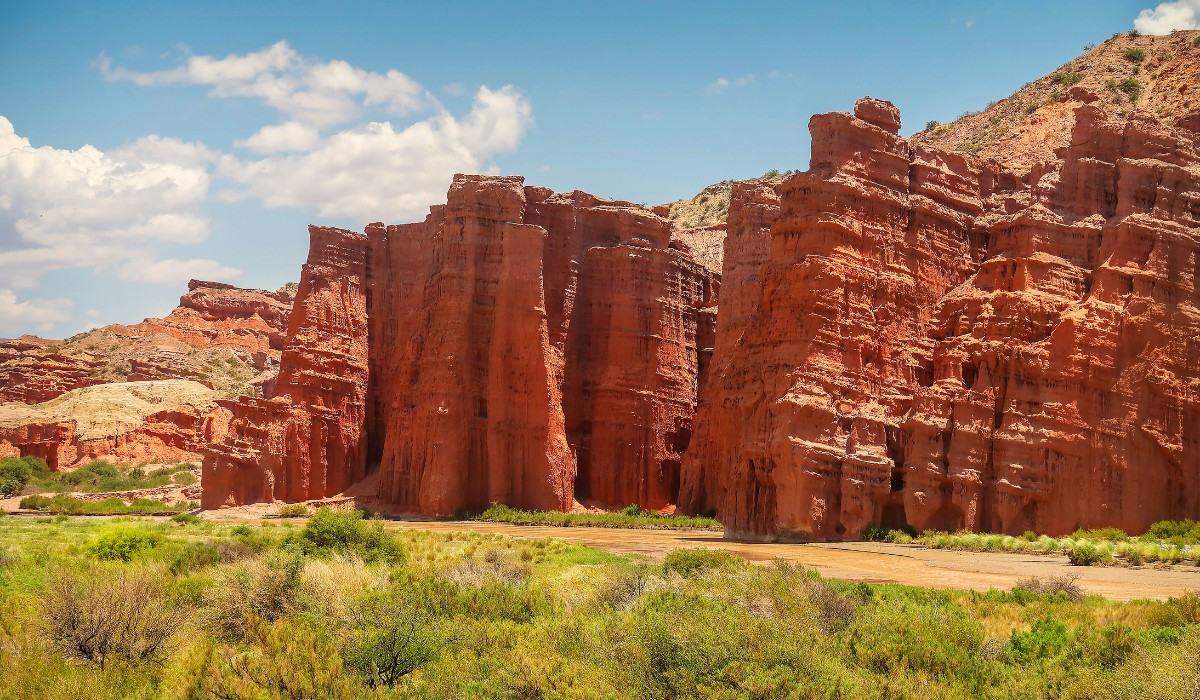Experience Pachamama Day in Jujuy
Traveling through Argentina is not just about visiting destinations — it’s about fully immersing yourself in its culture. A perfect example of this happens every August 1st with the Pachamama Day in Jujuy. During this month, the north of the country prepares for one of the most important moments for Indigenous communities: paying tribute to Pachamama, or Mother Earth. The word comes from the Quechua language, where pacha means “world” or “Earth,” and mama means “mother.”
Being present at this celebration is much more than honoring the Earth’s gifts. It’s an ancient experience with deep meaning for Andean peoples. Understanding their beliefs helps us know the country in a deeper way — because traveling is more than seeing places. Traveling is about connecting and living meaningful experiences that enrich us.
At Rentennials, we want your journeys through Argentina to be unique. We want you to explore, but also to leave with new perspectives. That’s why we invite you to keep reading to find out what Pachamama Day is and how to be part of one of the most fascinating rituals in Argentina.
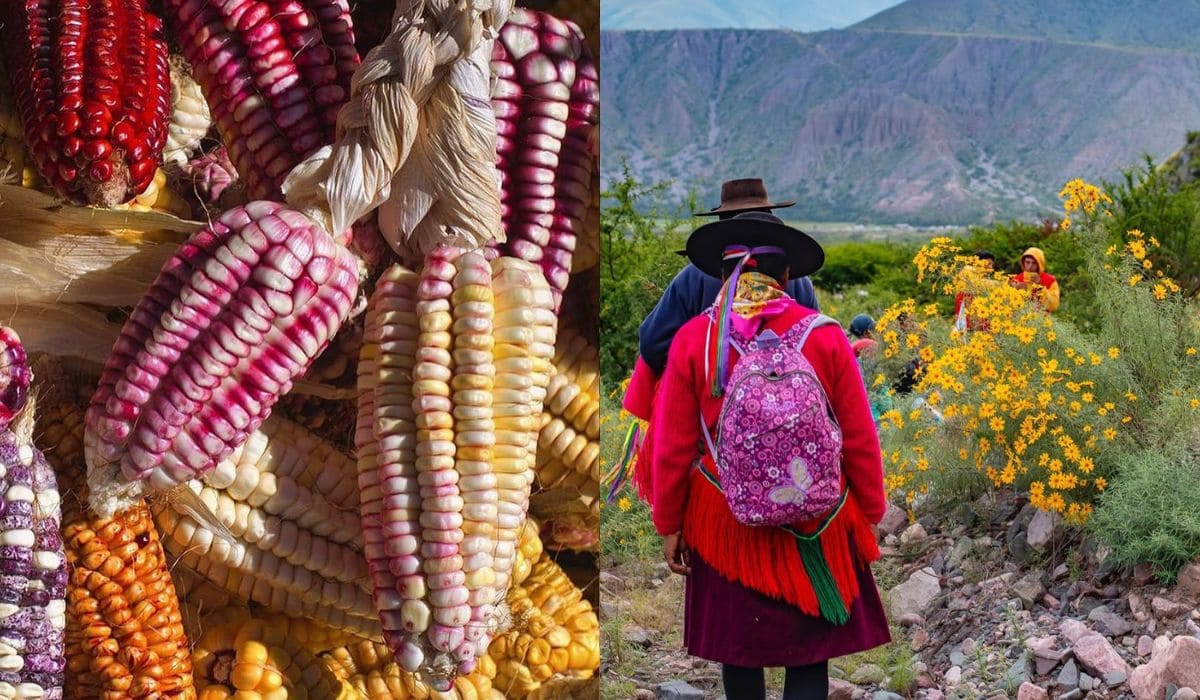
@visitsalta
Why is Pachamama Day celebrated?
Pachamama Day is a celebration to thank Mother Earth for everything she provides — from daily food and drinks to the warmth of wool from animals. Practiced for over two thousand years, this tradition originates from Andean and Puna communities in what is now Peru, Argentina, Bolivia, and Chile.
It marks a key moment in the agricultural calendar, where a new cycle of production begins. During the dry season, people give thanks for the summer harvest and offer food and drinks to Mother Earth. This act is known as “Feeding the Earth,” or corpachada. It’s a practice that renews our connection with nature. We thank the Earth for her gifts and ask for future harvests.
This time of year is also when communities prepare the land for the next sowing and harvest. They turn the soil, clean irrigation canals, and prune plants. It’s all about preparing the land for the new agricultural cycle.
When is Pachamama Day celebrated?
Pachamama Day takes place on August 1st every year. However, you’ll find different celebrations happening throughout the month in towns across northwestern Argentina.
What does Pachamama mean to Andean peoples?
Celebrating Pachamama Day in Jujuy, or in many towns across northern Argentina, is a spiritual and communal act. It’s a tradition passed down through generations, based on the understanding that the Earth is a living being — and as such, must be cared for.
The corpachada is a unique moment, but it’s also part of the cultural identity of hundreds of families in Jujuy and the Argentine north, who prepare each year to perform the ritual and keep their ancestral legacy alive.
Giving thanks and sharing as an act of reciprocity is at the heart of this day.
How is Pachamama Day celebrated?
You’ve probably seen photos where people open a hole in the ground and place offerings like food, drinks, coca leaves, and more. That hole symbolizes the mouth of Pachamama.
People gather with their community — and often tourists — and slowly deposit their offerings into this symbolic mouth. It’s done with deep respect and in silence. The hole is then covered to strengthen the bond between nature and humanity.
It’s worth noting that these rituals are usually led by the elders of the community, a powerful expression of respect for their wisdom and experience.
What drink is offered to Pachamama?
One of the most common drinks consumed and offered to Mother Earth is chicha, a fermented corn drink that dates back thousands of years and is native to the region.
Another traditional drink is caña with rue, which may be more familiar in other parts of Argentina. These drinks, along with food, are part of the ritual known as “feeding the Earth.” It’s not just about drinking — sharing with others is an essential act of gratitude and reciprocity.
What foods are offered to Mother Earth?
Many different foods can be offered, but they usually come from local Andean produce — like potatoes, corn, quinoa, and various meats. The idea is to give back to the Earth what she provides, as a way to say “thank you.” Coca leaves and cigarettes are also commonly placed into the ceremonial hole.
Jujuy: National Capital of Pachamama
Jujuy is officially recognized as the National Capital of Pachamama. In fact, a national law was passed to honor this province’s connection with Mother Earth and to help preserve and promote these traditions.
So if you want to be part of this experience, we recommend traveling to live Pachamama Day in Jujuy.
Where is Pachamama Day celebrated in Jujuy?
Pachamama Day in Jujuy is celebrated in many towns, but especially in those within the Quebrada de Humahuaca and the Puna. We always suggest checking the Jujuy Tourism social media in advance for exact times and locations.
Here are three of the best places to experience this special day:
Valle Grande
Every August 1st, the town of Valle Grande gathers to celebrate one of its most meaningful traditions. It’s a celebration with a special spiritual connection, where each person participates with deep respect. During the day, there’s also an artisan fair and Andean music.
Getting to Valle Grande isn’t easy, as it’s outside the classic Quebrada route. However, the journey is incredibly scenic and well worth it. You can ascend from the lush Yungas forests, starting in Calilegua National Park, and reach stunning mountain landscapes.
You can drive a regular car there, but keep in mind the road is unpaved, mountainous, and requires a slow, cautious drive (avoid it in the rainy summer season). Its remote location makes the ceremony more authentic than in more accessible towns.
Here’s the map from San Salvador de Jujuy to Valle Grande.
Tumbaya
Located in the Quebrada de Humahuaca, Tumbaya is one of the quietest towns in the region. Like in other villages, the ritual includes coca leaves, cigarettes, traditional foods, and drinks offered to Mother Earth. You’ll also hear traditional coplas sung during the ceremony.
Tumbaya is just 50 km from San Salvador de Jujuy via Route 9.
Purmamarca
This may be the most touristy spot to experience the ritual, but that doesn’t make it any less authentic. Locals gather in the main square of Purmamarca to perform the traditional ceremony of offering food and drink to Mother Earth.
Although crowds can sometimes be a downside, Purmamarca’s tourist services ensure a great stay. Plus, there are plenty of things to do in or near the village.
It’s just 70 km from San Salvador de Jujuy via Route 9.
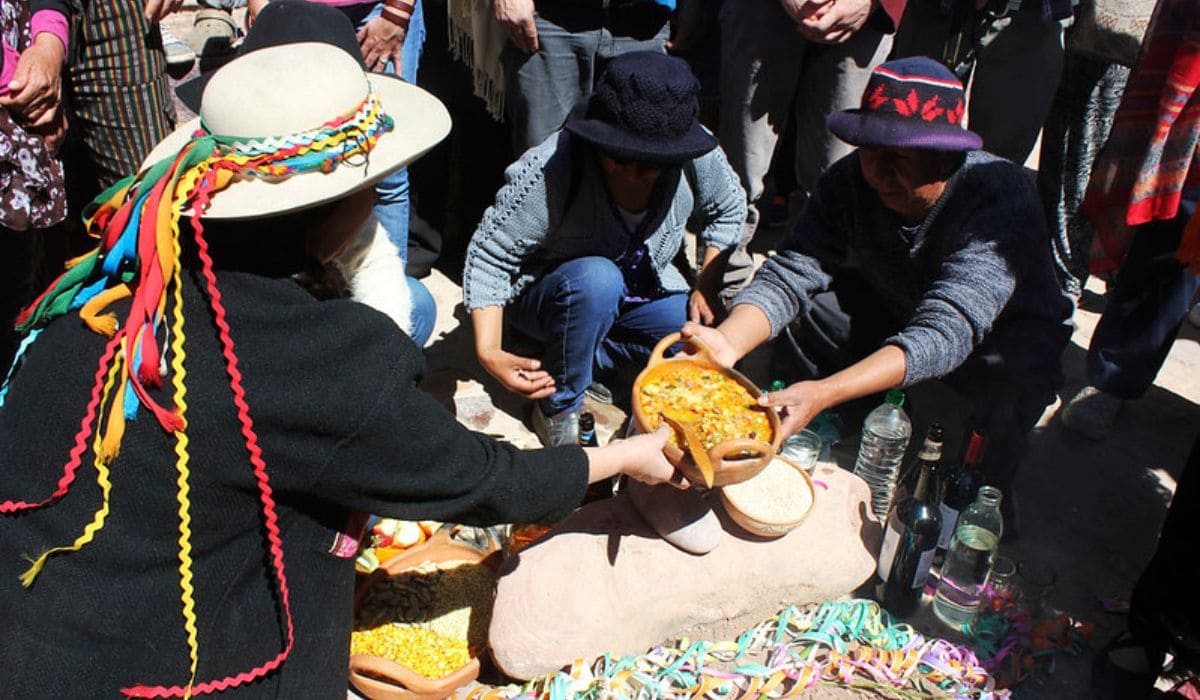
cultura.gob.ar
Tips for experiencing Pachamama Day in Jujuy
As travelers, we may feel uncertain about participating in rituals we’re not part of. But we can still engage respectfully and enjoy authentic experiences, especially when preparing for Pachamama Day in Jujuy.
Here are a few tips to help you make the most of it:
- Respect the rituals: Participate respectfully by listening and following the guidance of the local community.
- Bring an offering: Communities appreciate this, and it helps you truly connect. Coca leaves, wine, food, or something symbolic to give thanks are all welcome.
- Dress warmly and comfortably: It’s winter in the north, and it can get cold — especially outdoors and at high altitudes.
- Try the local food at village fairs — locro, tamales, and empanadas are great choices.
- Start early: The corpachada usually begins in the morning with music and traditional singing.
- Mind the altitude: Most places are around 2,500 meters above sea level. Take a day to acclimate by doing light activities.
Where to stay in Jujuy
Jujuy offers a wide range of accommodations, from boutique hotels to cabins with mountain views.
Your first step is to choose where you’ll be on August 1st. Once you’ve decided, we recommend booking early to get the lodging you like best.
Pro tip: Purmamarca is a great place to stay, but expect larger crowds.
How to get to Jujuy
The best way to get to Jujuy is by flying into the airport in San Salvador de Jujuy or Salta. Aerolíneas Argentinas, JetSmart, and Flybondi offer daily flights to both cities.
From there, you’re only a short drive from the villages in the Quebrada de Humahuaca.
The best option: rent a car in Jujuy or Salta
The ideal way to get around the Quebrada towns is to rent a car in Jujuy or Salta. That way, you’ll not only experience Pachamama Day in Jujuy, but you can also explore the Quebrada de Humahuaca at your own pace and visit the places you love most.
What’s the weather like in Jujuy during winter?
Let’s clear this up. Winter in Jujuy is cold, but daytime temperatures aren’t too low. Nights can be chilly due to the altitude. Just pack warm clothes and don’t worry — the sun is usually shining.
Rent your car with Rentennials and experience Pachamama Day in Jujuy
Traveling through Argentina is full of surprises. You might arrive in the Quebrada de Humahuaca on August 1st and stumble upon an unforgettable ceremony. Or you might plan your trip around an ancient celebration and discover a new way of seeing the world.
Being part of Pachamama Day in Jujuy is for travelers seeking something more. That’s why renting a car with Rentennials opens the door to a different dimension of Argentina: a unique and unforgettable event.
We are Rentennials
Rentennials is the new way to rent cars from local hosts in your city, quickly, easily, and affordably. It's also your new path to starting your own car rental business and making money every month.
Discover more.
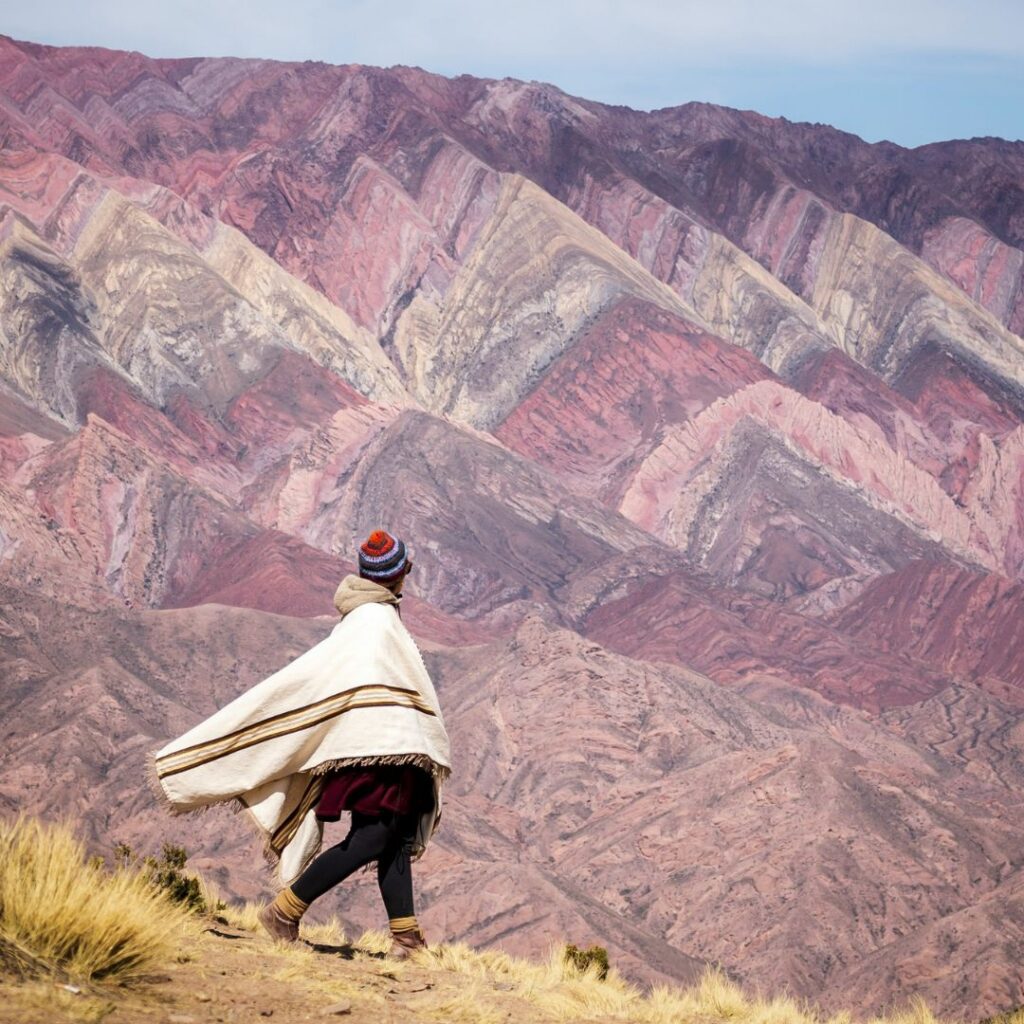
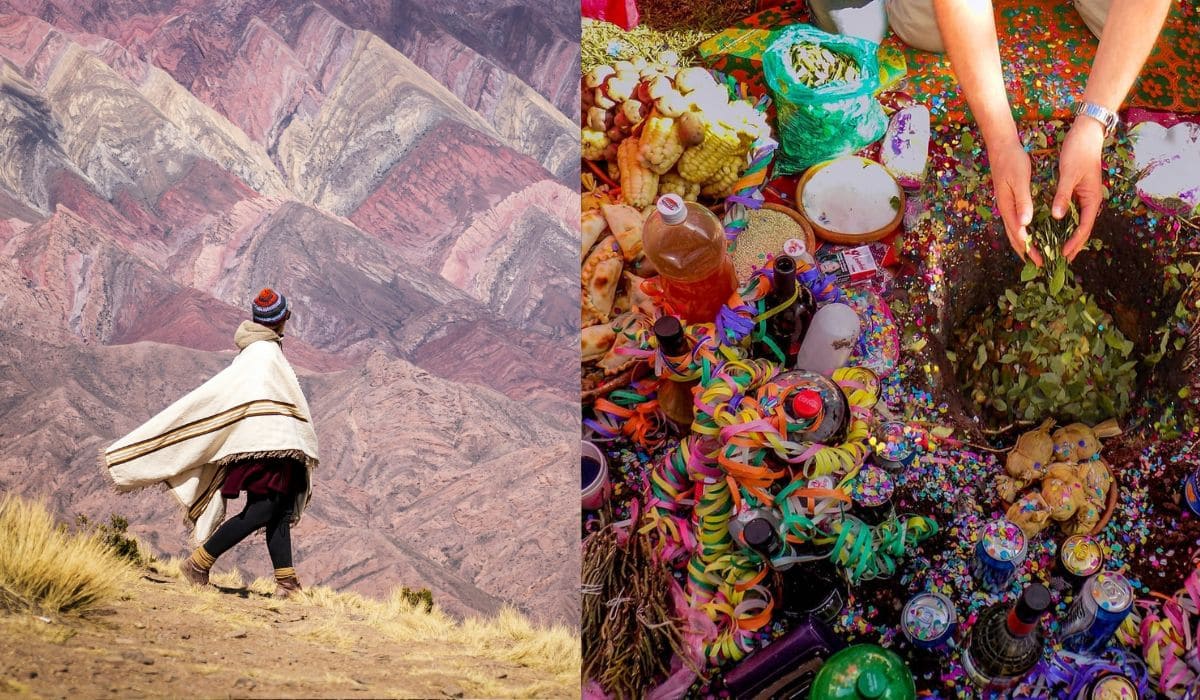
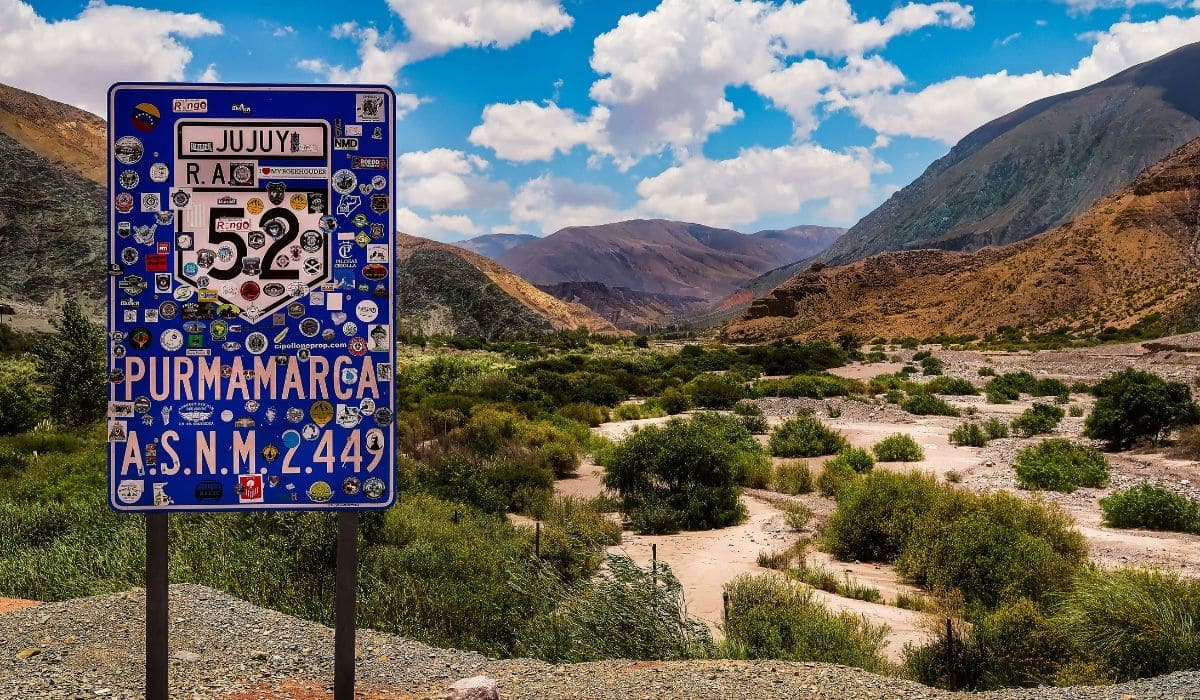


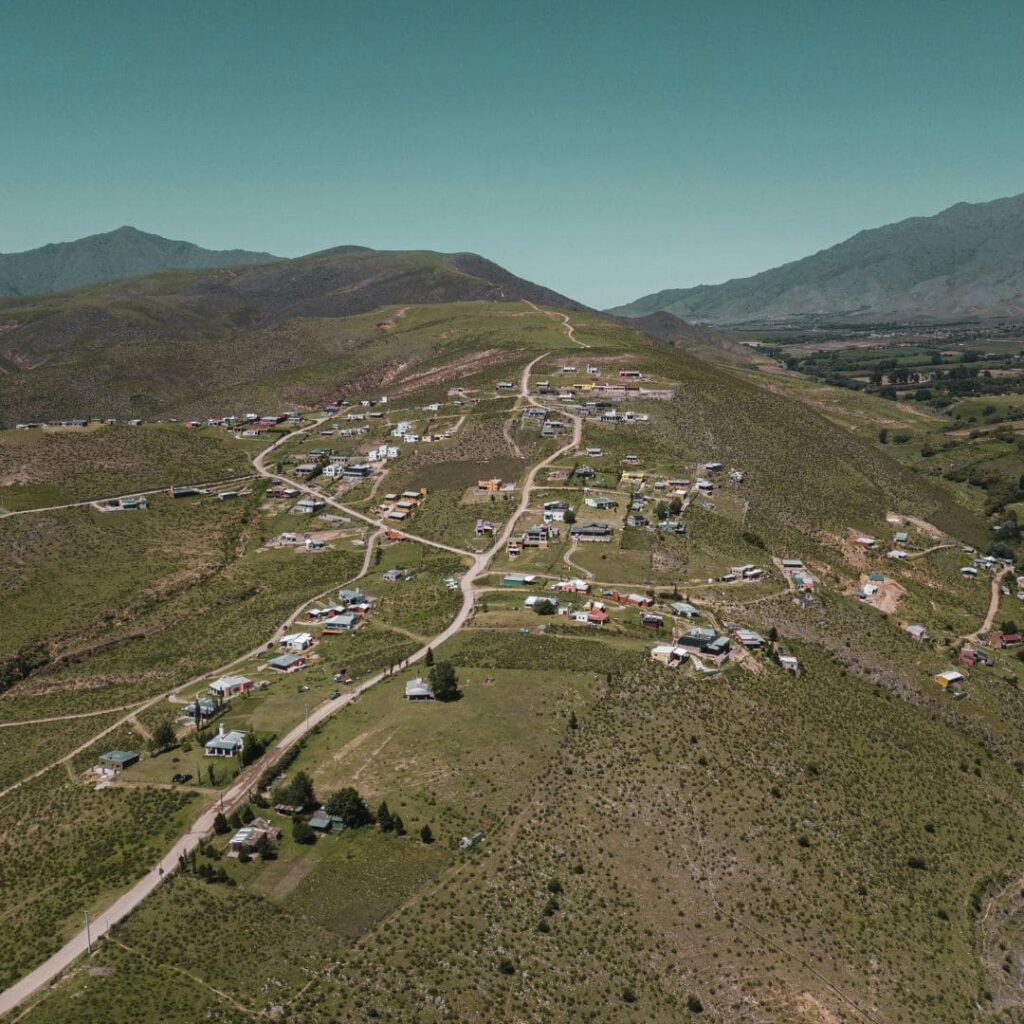

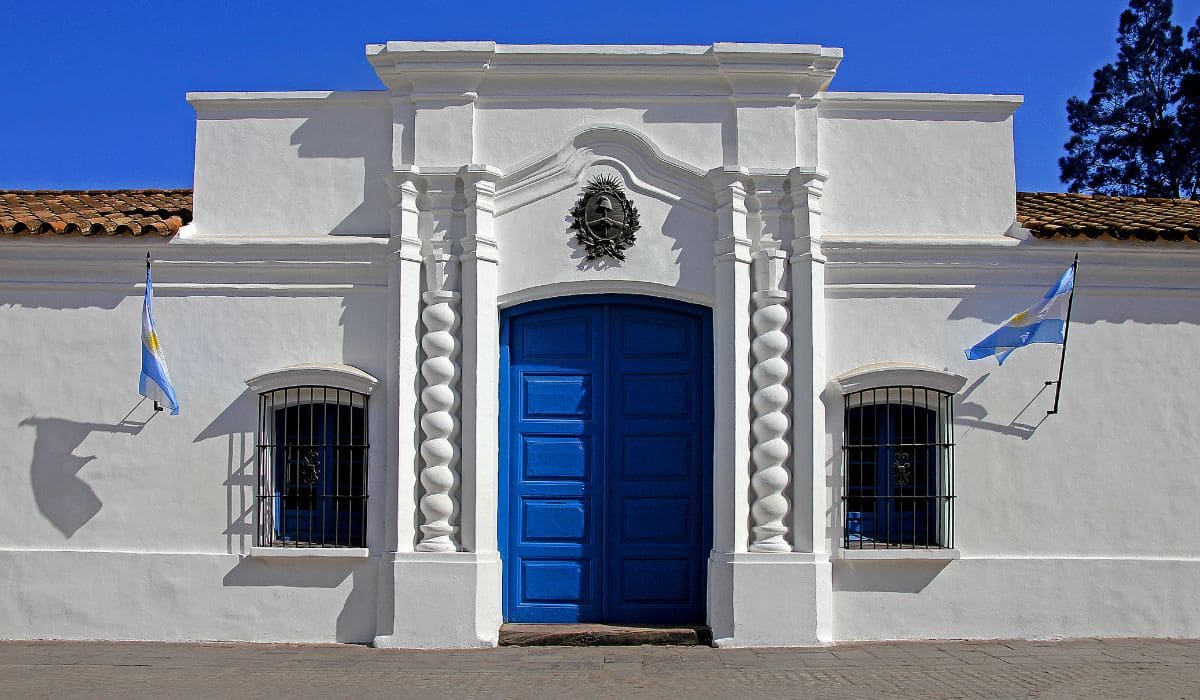
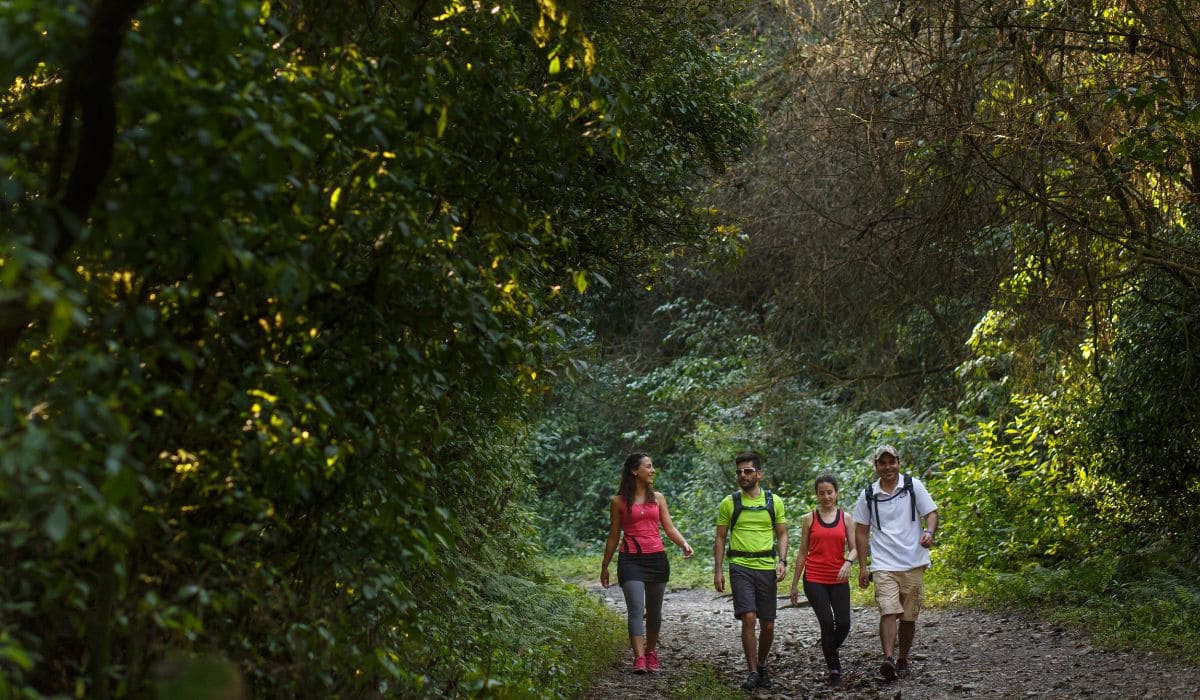


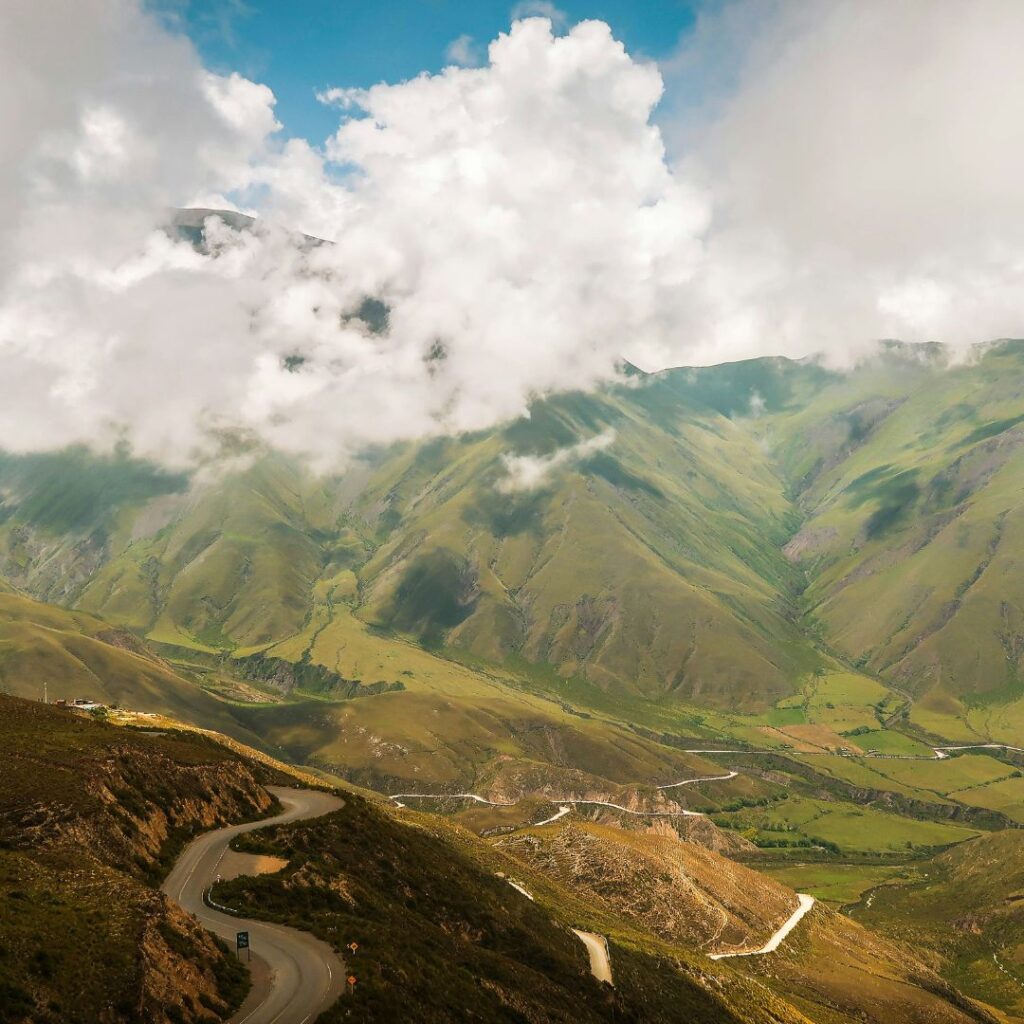
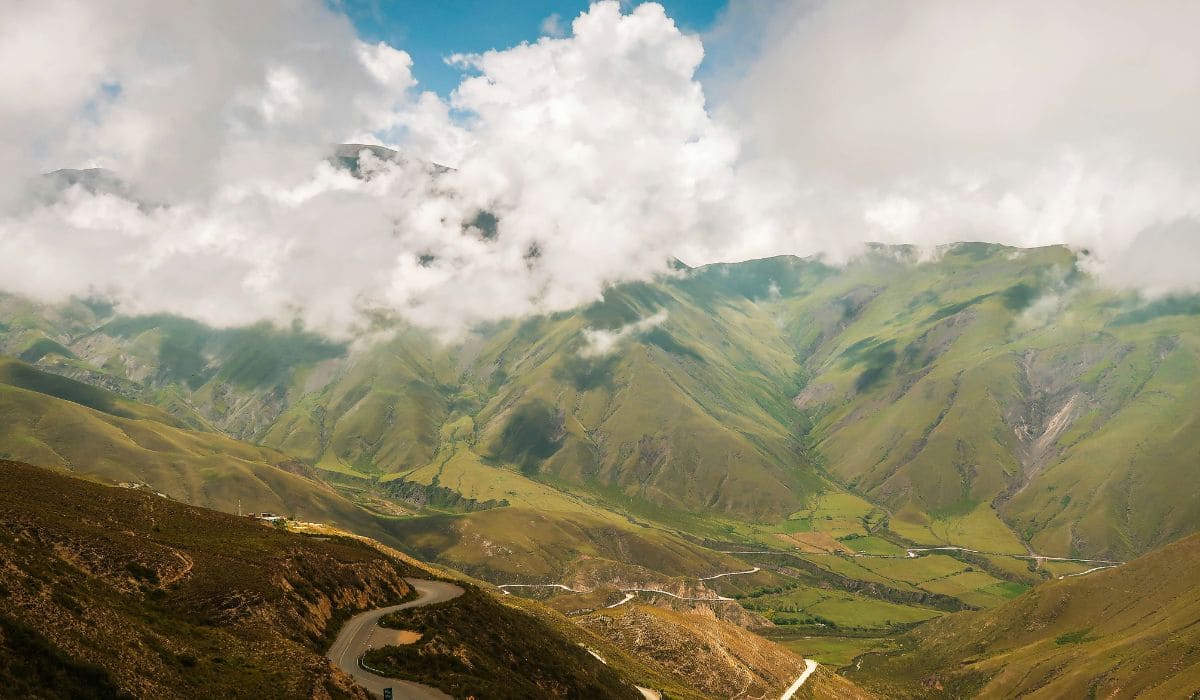


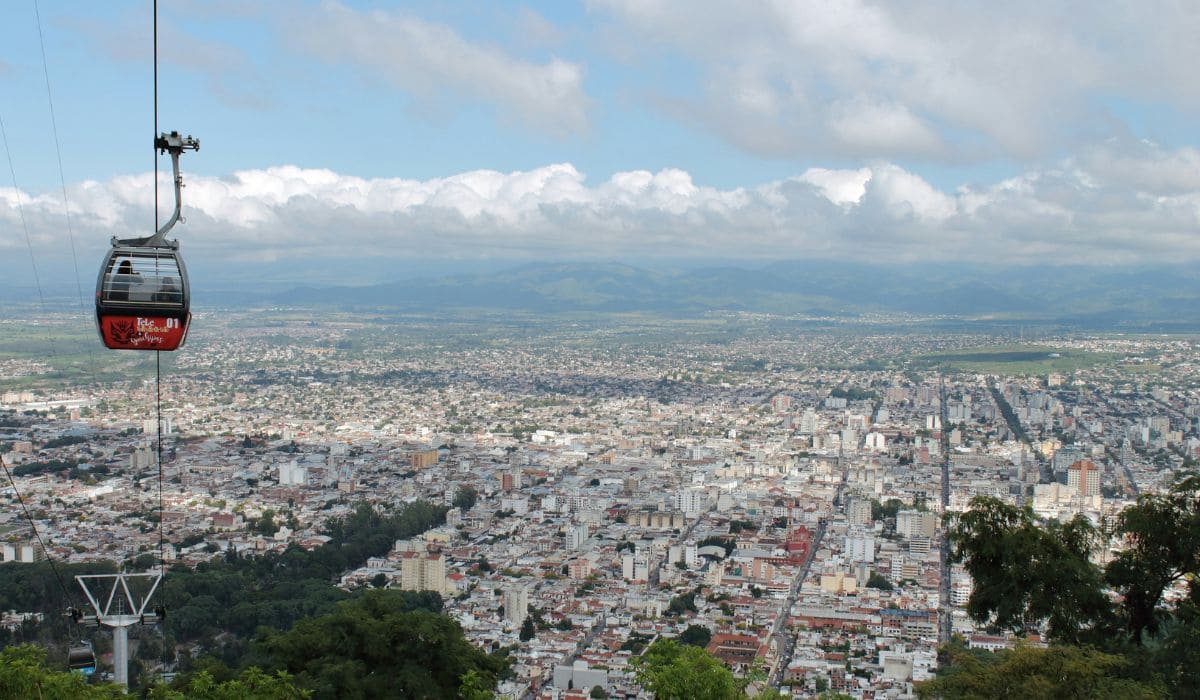
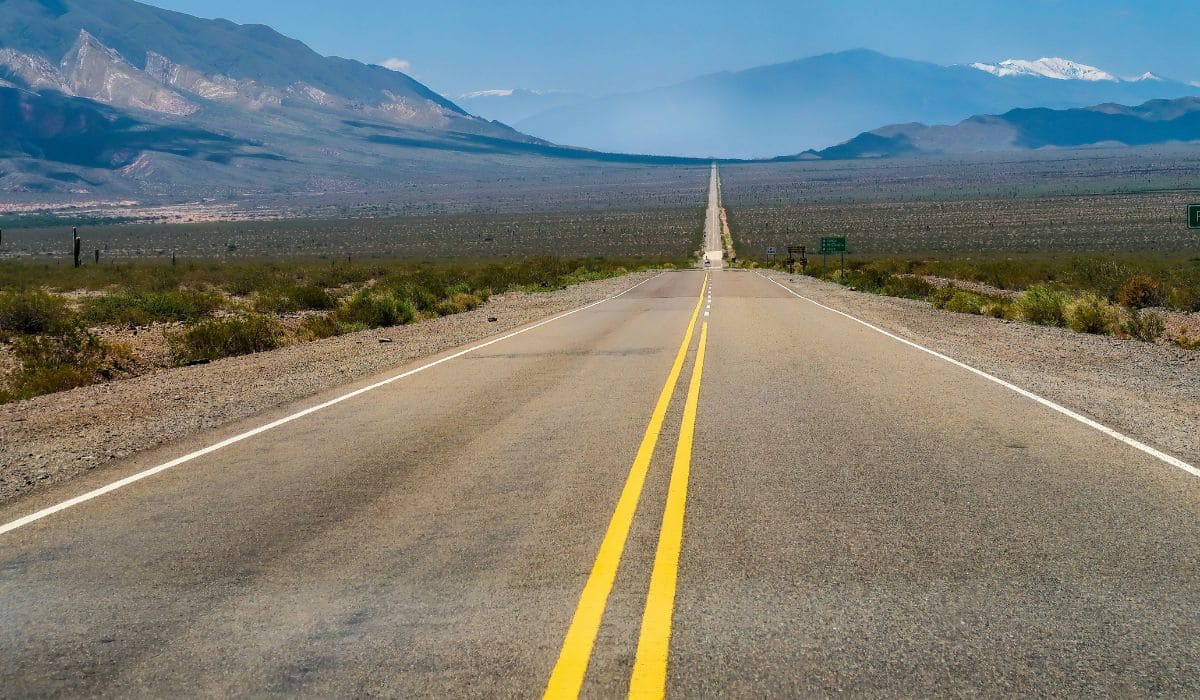
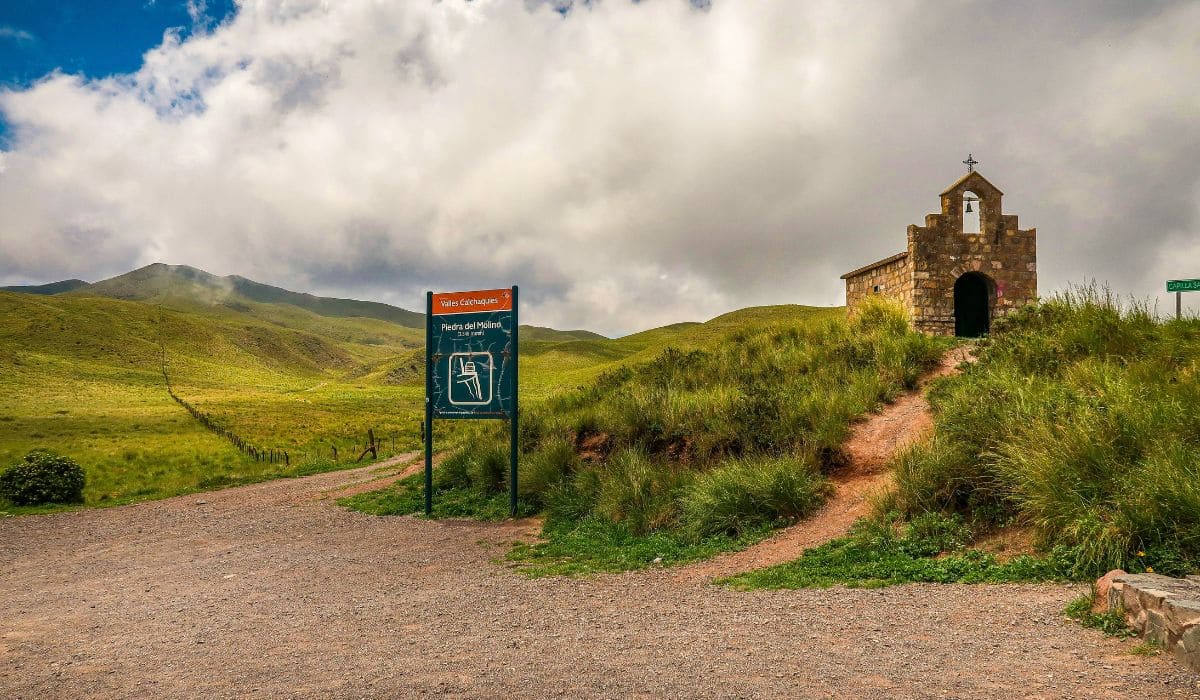
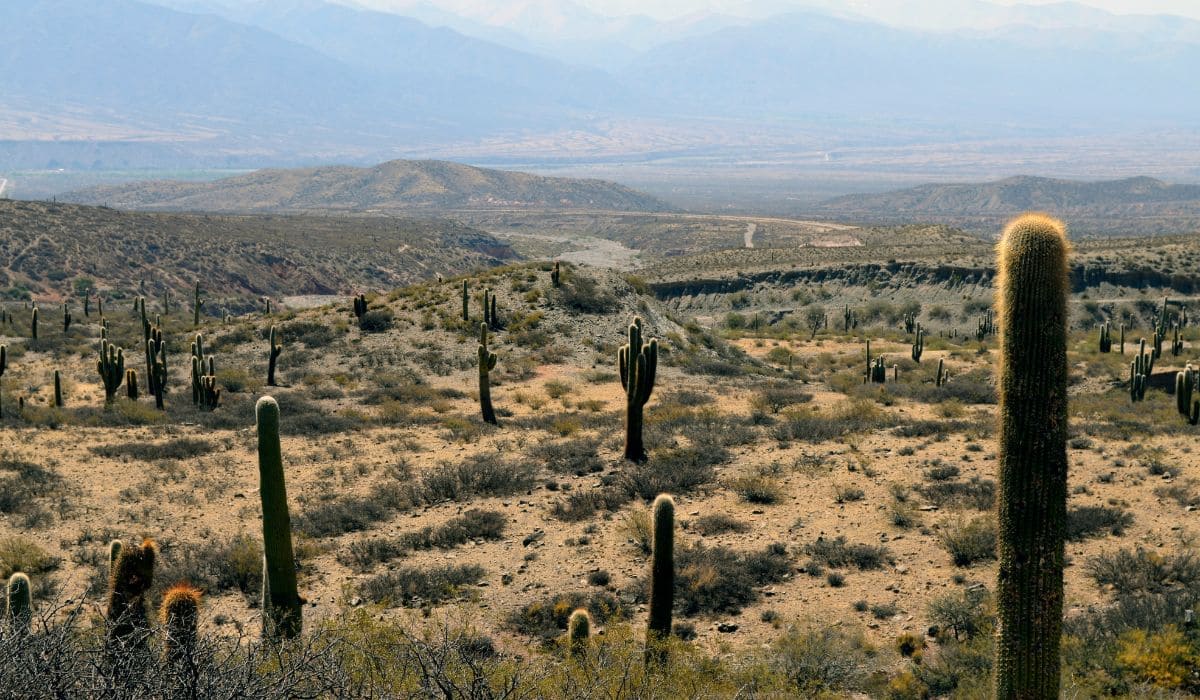
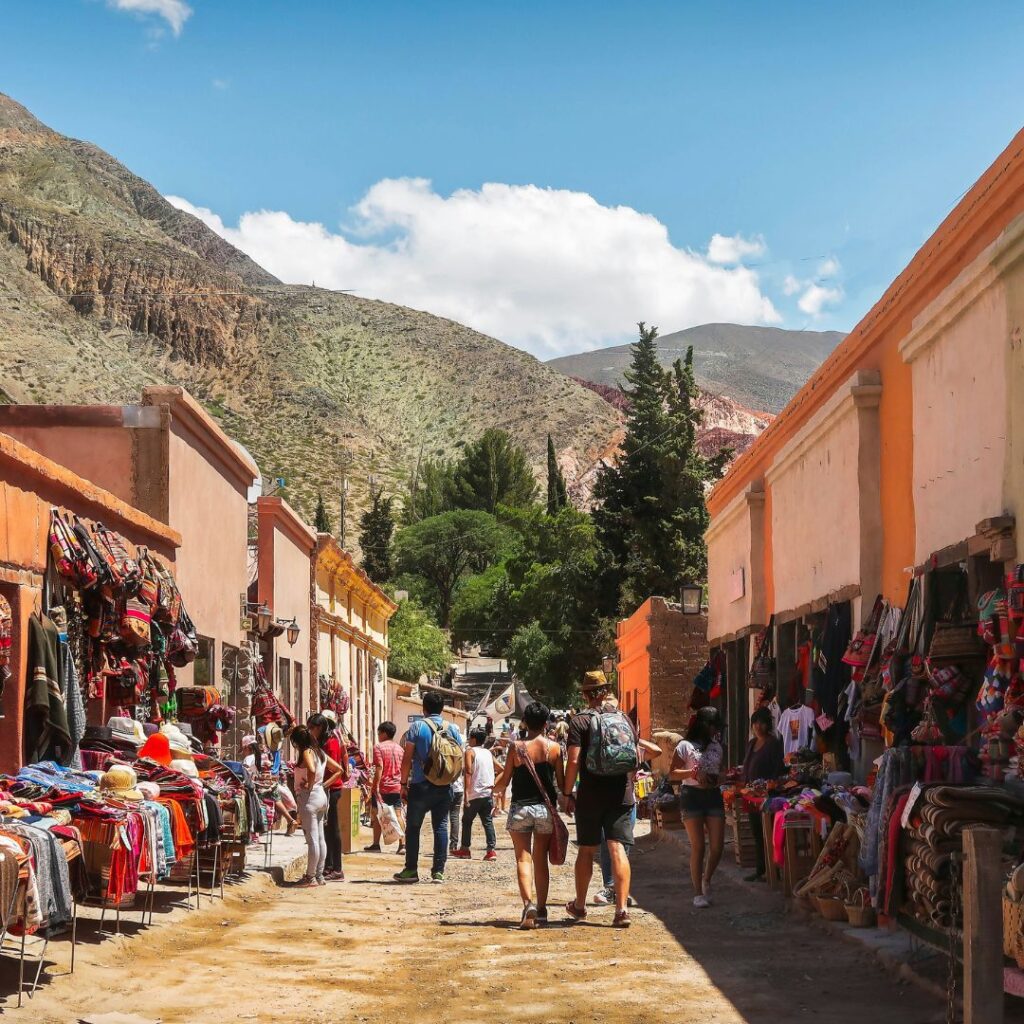
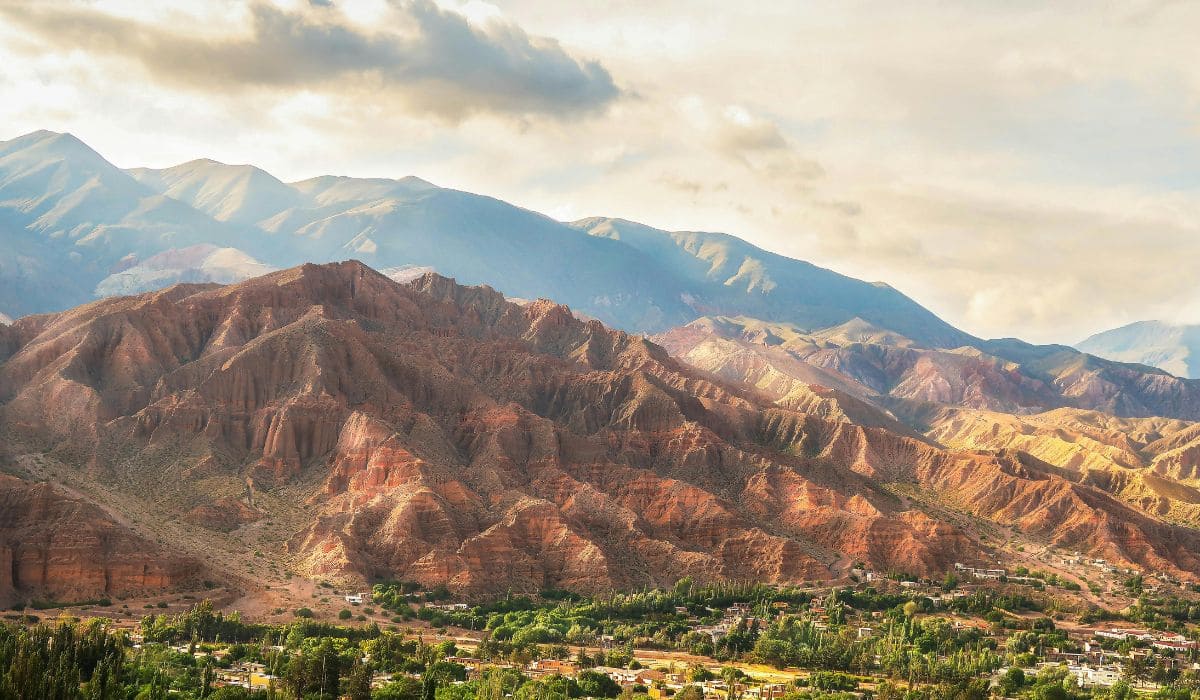
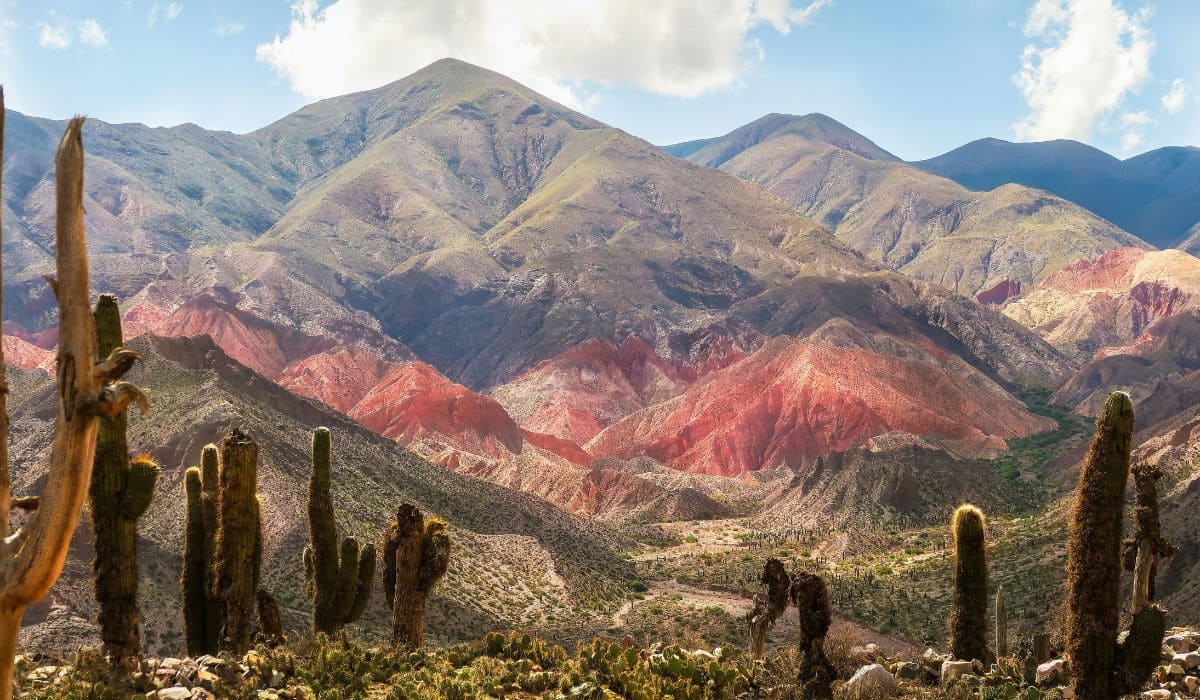 How high is Purmamarca?
How high is Purmamarca?